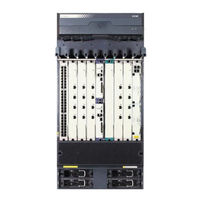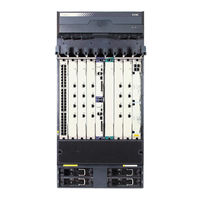H3C SR6600-X Manuals
Manuals and User Guides for H3C SR6600-X. We have 11 H3C SR6600-X manuals available for free PDF download: Configuration Manual, Command Reference Manual, Manual, Vxlan Command Reference, Troubleshooting Manual, Faq
H3C SR6600-X Configuration Manual (282 pages)
Brand: H3C
|
Category: Network Router
|
Size: 2 MB
Table of Contents
Advertisement
H3C SR6600-X Command Reference Manual (265 pages)
Network Management and Monitoring Command Reference
Brand: H3C
|
Category: Network Router
|
Size: 1 MB
Table of Contents
H3C SR6600-X Manual (85 pages)
Brand: H3C
|
Category: Network Router
|
Size: 14 MB
Table of Contents
Advertisement
H3C SR6600-X Configuration Manual (66 pages)
Comware 7 Interface
Brand: H3C
|
Category: Network Router
|
Size: 0 MB
Table of Contents
H3C SR6600-X Troubleshooting Manual (39 pages)
Brand: H3C
|
Category: Network Router
|
Size: 0 MB
Table of Contents
H3C SR6600-X Manual (80 pages)
Interface Module Guide
Brand: H3C
|
Category: Network Router
|
Size: 1 MB
Table of Contents
H3C SR6600-X Configuration Manual (46 pages)
Brand: H3C
|
Category: Network Router
|
Size: 0 MB
Table of Contents
H3C SR6600-X Vxlan Command Reference (45 pages)
Brand: H3C
|
Category: Network Router
|
Size: 0 MB
Table of Contents
H3C SR6600-X Command Reference Manual (44 pages)
Segment Routing Command Reference
Brand: H3C
|
Category: Network Router
|
Size: 0 MB
Table of Contents
H3C SR6600-X Configuration Manual (23 pages)
Brand: H3C
|
Category: Network Router
|
Size: 0 MB
Table of Contents
H3C SR6600-X Faq (22 pages)
Brand: H3C
|
Category: Network Router
|
Size: 0 MB
Advertisement










